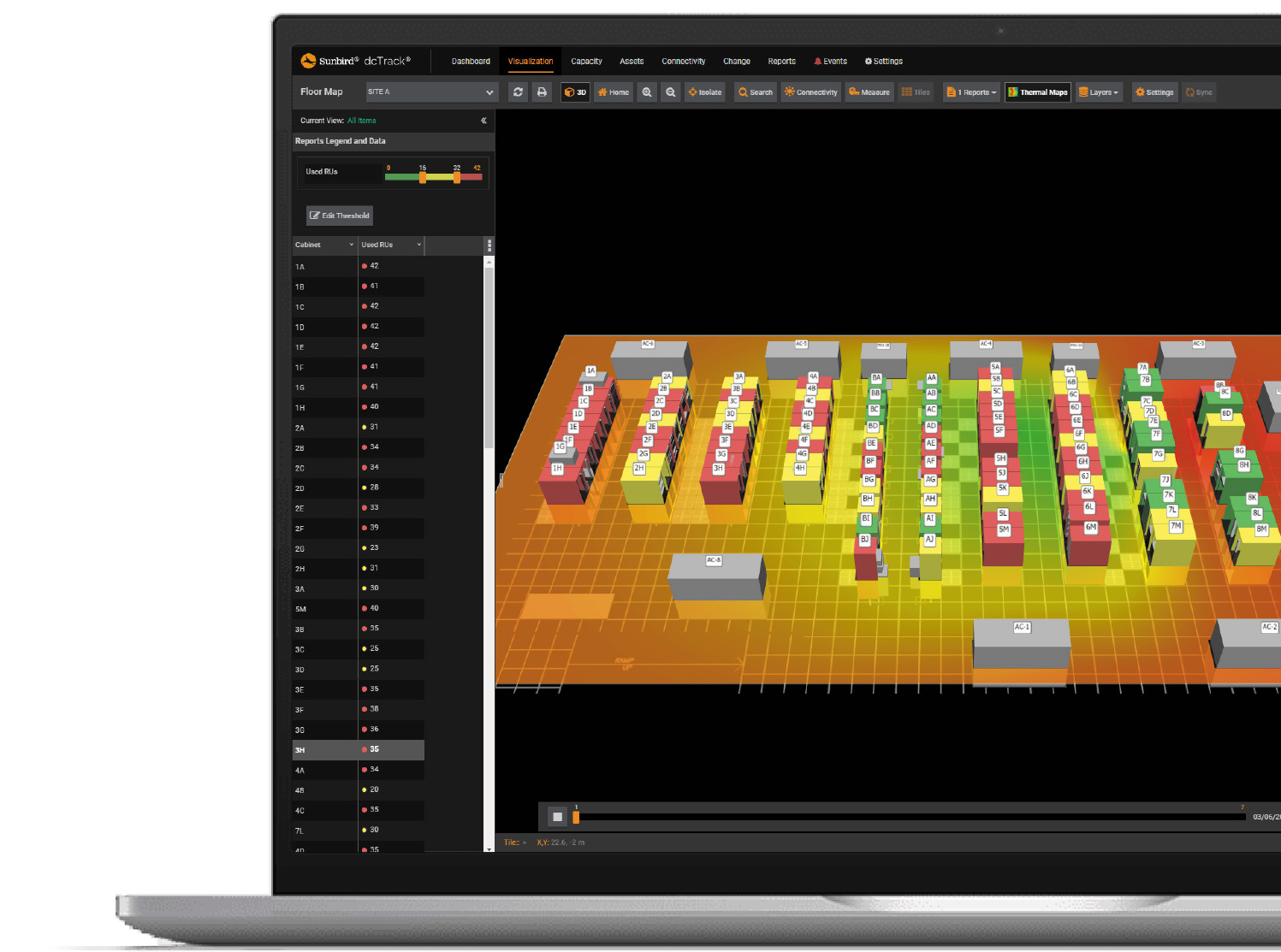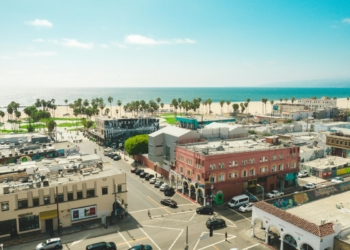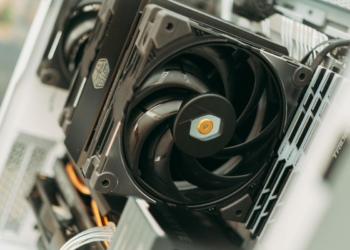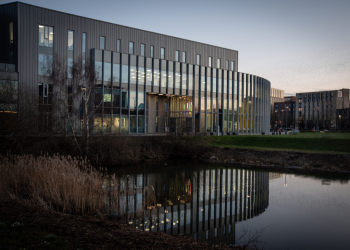Sunbird’s DCIM software helps Vodafone drive sustainability
Author: Beatrice

Vodafone is a telecommunications company that’s trusted by more than 300 million mobile customers, 28 million fixed network customers, 22 million television customers, and six million business customers around the world. The company’s focus is on connecting people, places, and things through fixed and mobile networks.
Vodafone has a large and sprawling infrastructure, consisting of many data centres. Consequently, Vodafone’s data centre professionals struggled to have a complete understanding of their environment and capacity to enable them to reduce their energy consumption and get the most out of their existing facilities.
They needed to know the temperature of their data centres to understand if they could raise temperatures to save energy. They also needed to know more about the power allocated to each rack, the power the rack hardware was actually consuming, the spare power capacity left in each rack, and the amount of spare physical space. It was also important to be less dependent on fossil fuels and find more energy efficient cooling methods.
“We wanted to gain insight regarding power usage, cooling, and data and power connections,” says Andrew Marsh, Senior Manager for Infrastructure and Data Centres for Vodafone in the UK.
“It was also important to us to be able to get rich business intelligence through an easy-to-read dashboard that would help with the day-to-day operations. We wanted that dashboard to give us all the necessary key performance indicators with charts while allowing us to drill down to get the details behind each chart.”
Related to this need was having access to detailed reports, according to Andrew. “We wanted to know what costs are associated with electrical costs and cooling. We wanted the ability to project how much spare real estate we have from a space and power perspective, and we wanted a comprehensive asset list so that when we deploy a new asset, we can make a more educated guess about where to deploy it.”
Vodafone began a search for a platform that possessed four capabilities: visualisation, an easy-to-use dashboard, a comprehensive asset inventory, and in-depth reporting capabilities. That led Vodafone to Sunbird’s DCIM solution.
“We looked at several products in the marketplace and did a couple of proof of concepts,” says Andrew. “The thing that sold me on Sunbird was the fact that it was an out-of-the-box solution, which meant that I didn’t need to do lots and lots of development to get the look and feel that I needed. Also, there were a number of preconfigured dashboards to help us make intelligent decisions.”
Sunbird’s DCIM gives Vodafone all of the capabilities it needed, including asset management, capacity management, change management, environmental monitoring, power monitoring, 3D visualisation, and BI and analytics.
Vodafone uses Sunbird’s DCIM to collect, trend, and report on the data from its temperature sensors. Sunbird transforms this data into actionable information that enables it to visualise and understand where overcooling occurs so it can raise temperatures.
Vodafone deployed more sensors, going from 16 to 800 sensors in a single location. Sunbird also allows Vodafone to evaluate rack space and equipment across its facilities in real time. Users can instantly identify rack capacity, as well as every device’s precise location, technical specifications, and connections to other assets. Now, deployment and management decisions are made faster and with much less effort.
Vodafone leverages Sunbird to measure and track power usage in real time throughout all of its facilities. This allows users to see power utilisation trends and capacity levels across the facilities’ power paths.
“Today, we are deploying rooms of 200-300 servers every couple of months,” says Andrew. “Even though I have a small team, everything is going very well thanks to the excellent training that Sunbird conducted. The solution is very intuitive, and support is always there when we need it.”
Vodafone is also building solar farms and wind turbines and leveraging free air cooling to reduce its carbon footprint.








